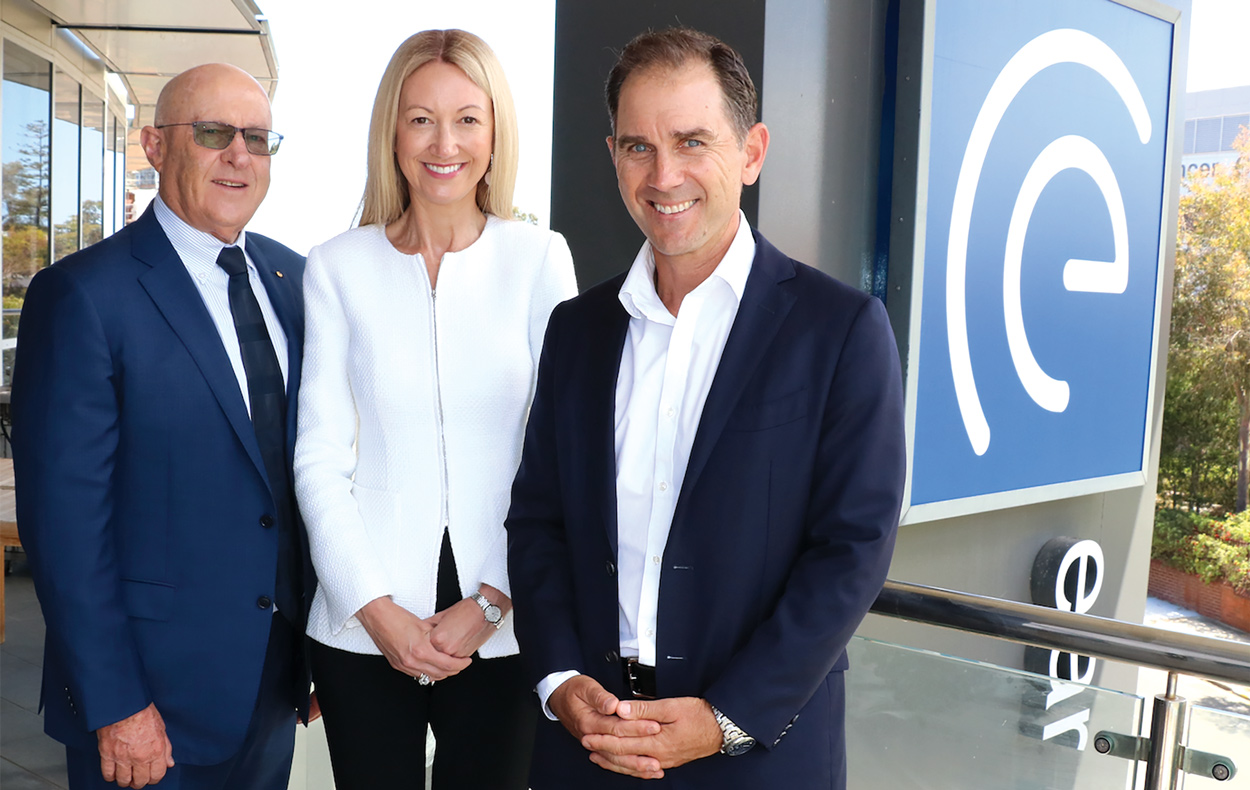
Despite the tricky waters of 2020, the Ear Science Institute Australia managed to kick some big goals. Jan Hallam reports.
The acoustically optimised silk fibroin (an insoluble protein present in silk produced by numerous insects) implant aids the treatment of chronic middle ear disease (CMED) by mimicking a human ear drum and promoting the patient’s own cells to grow.
“What our team found is that the tympanic membrane cells, called keratinocytes, actively proliferate and migrate across this scaffold, promoting the healing process,” Professor Marcus Atlas says.
The device is developed in two different formulations, which will allow ClearDrum to dissolve over time, addressing small perforations or acting as a long-lasting implant for larger perforations, with no need for further operations.

In 2019, ESIA became a World Health Organization (WHO) collaborating centre and as part of that work, according to the ESIA website, when clinical trials are complete, ClearDrum will change thousands of lives around the globe for people living with eardrum perforations.
The WHO estimates that 65-330 million individuals have CMED and 60% of them have a significant hearing impairment. CMED is particularly prevalent in Australian indigenous populations.
“Our plan is for ClearDrum to be available to patients in a clinical trial [in 2021],” ESIA CEO Sandra Bellekom said.
In another initiative, the institute announced that it was launching a 24-month randomised clinical trial that will see a multi-disciplinary team of WA researchers and healthcare workers joining forces
to find out if using hearing aids is an effective way to delay the onset of dementia symptoms.
The trial will be led by Dr Dona Jayakody, ESIA audiologist and research lead for the Cognition and Hearing Loss project. The concept was developed in 2015 when Dr Jayakody began researching the link between cognition and hearing loss.
“My research found that hearing loss is associated with cognitive impairment/dementia so I was interested in finding out whether this could be delayed or arrested after treating hearing loss. Current data suggests that hearing loss accounts for 8% of the modifiable risk factors of all cases of dementia,” she said.
The trial will also explore whether the correction of hearing loss with hearing aids results in less brain volume loss and improved cerebral metabolism, compared to those with uncorrected hearing loss.
The RPH Research Foundation has put $600,000 into the study and a RPH Research Foundation grant will provide for an MRI and FDG—PET imaging study as well as looking at the health promotion aspect.
Other funding includes Oticon donating 400 hearing aids valued at $1.2 million, a Department of Health Research Translation Grant providing $237,000 to conduct a health economic analysis, and Dr Jayakody receive $100,000 from the Rebecca L Cooper Foundation.
Another boost on the health promotion front has been the appointment of Australian cricket coach Justin Langer signing on as the 2021 ambassador.
The 50-year-old Langer said he was looking forward to working with ESIA, given his own personal experiences with hearing and ear-related issues such as tinnitus, vertigo and vestibular migraines.
“These issues have had a natural impact on my physical and mental well-being. I know first-hand the difficulties related with hearing loss and vestibular imbalance and the importance of addressing ear and hearing issues early,” he said.

